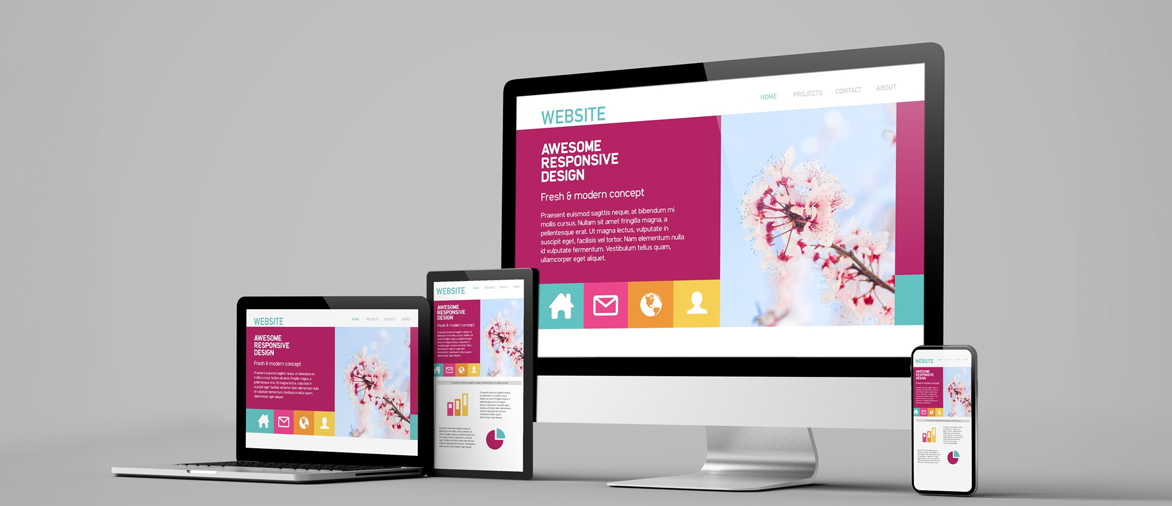Top Web Design Trends for 2024: A User's Guide
When the web was introduced in 1991, websites were designed using basic table tags and focused mostly on text-only pages, and the webpages didn’t include any images or sounds. After the World Wide Web was born, companies like Microsoft and Netscape were competing for browser dominance, which started creating many opportunities for more creative web design.











